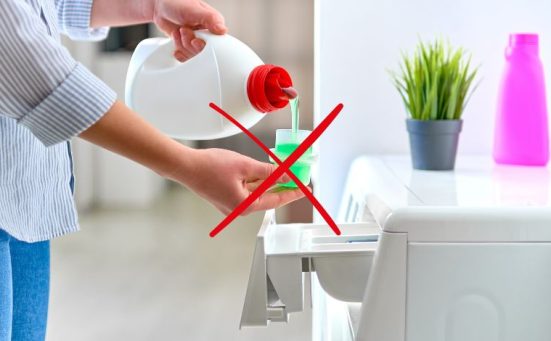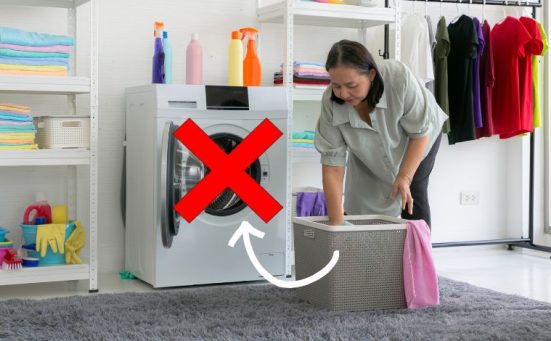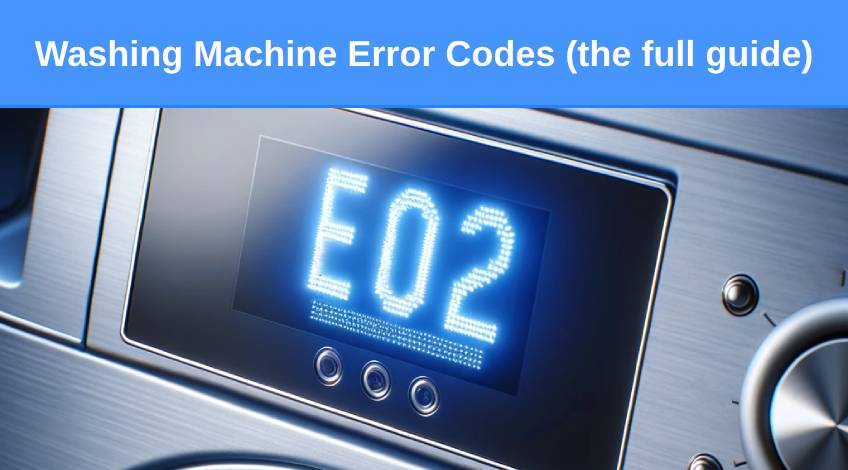
Washing Machine Error Codes (the full guide)
As all electrical appliances have become more technologically advanced over the past few years, most manufacturers have introduced a fault finding service on their machines. We know these as error or fault codes.
Error codes are the first step in diagnosing what’s wrong with your washing machine but it’s not an exact science. In this article we take a look at common washing machine error codes and explain what they indicate and offer ways to solve whatever the issue is.
What Exactly Are Error Codes?
If you drive a modern car, you’ll be well aware of the various warning lights that flash up when you’re driving to tell you that something is wrong. You might see the oil light, brake light or even the engine light displayed on the LED display screen.
The warning light doesn’t actually diagnose what the issue is, it just indicates the general area where the fault lies. Well that’s exactly the same with washing machine error codes.
In many ways washing machine error codes are general indicators that something is wrong in one particular area of the appliance. This gives the technician a starting point in diagnosing where and what the problem is.
In some cases, manufacturers don’t even give you a list of what their error codes mean. This is because they have specially trained technicians that are well versed in repairing faults on that company’s specific machines.
You wouldn’t try to buy spares for your Porsche from a Nissan dealer would you? Many washing machine manufacturers think along those same lines concerning their appliances.
Common Washing Machine Error Codes
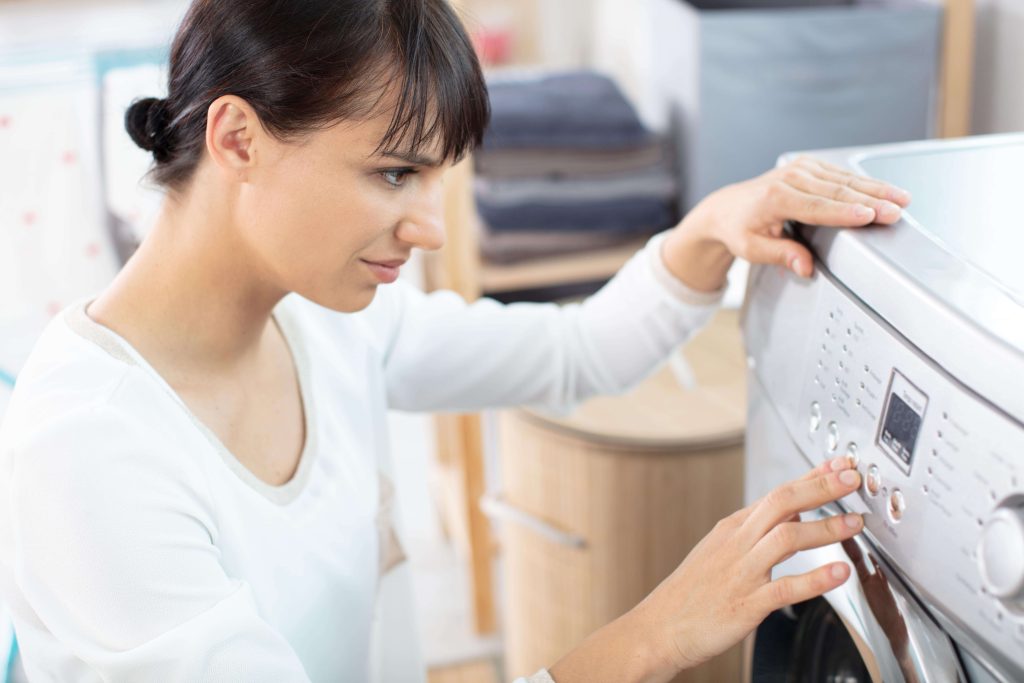
So, the error code indicates that there has been a fault detected in a particular area of the appliance. The technician will then need to investigate further to determine exactly where and what that fault actually is.
Many companies produce a number of different brands of washing machines like Bosch,Siemens and Neff which are all made by the same company for example. This means many washers share the same or similar error codes for similar faults.
These error codes typically start with an “E” for error or an “F” for fault followed by a number or series of numbers or letters to indicate the area the fault happened.
What Do The Error Codes Mean On My Washing Machine?
Once you understand what a particular error code indicates it can save you time and money by allowing you to troubleshoot the problem for yourself. Obviously, this isn’t always possible and in those cases, you’ll need to call on a technician to solve the problem for you.
As different companies use different error codes, we recommend consulting your handbook for more specific information. With that being said, below we’ve listed the error codes used most commonly by many popular washing machine brands found in the UK.
Take care though, as some appliances use the same type of code system (F1, F2 etc) but give a different error for that code. Which is why we recommend consulting your handbook for specific information.
| Error Code | Meaning |
|---|---|
| E1 or E02 | Water Supply Fault |
| E2, E03 or F05 | Drainage Fault |
| E3 | Drainage issues,too much water,unbalanced load, motor fault |
| E4 or E06 | Unbalanced Load |
| E01 or F06 | Door lock fault |
| E04 or E7 | Water Level Issues |
| F02 EA/B or E07 | Defective motor |
| EC, F03 or E05 | Temperature sensor fault |
Error code E1 or E02
Water Supply Fault
If you see this error code displayed on your washer’s LED display screen, it indicates a detected problem with the water supply to your machine.
There could be a number of causes for this which include;
- Twisted Inlet Hose
- Low Water Pressure
- Blocked Water Inlet Hose
- Defective Inlet Valve
You will need to start by checking the water inlet hose for twists or kinks, make sure the water supply is turned on and then check that your home has adequate water pressure.
You can do this by filling a gallon (4.5 litres) bucket of water from the cold tap in your kitchen. If the bucket fills in 30 seconds or less, the water pressure into your home is OK.
You will then need to check the inlet valve which, unless you are technically minded, is probably best left for a technician to sort.
Error code E2, E03 or F05
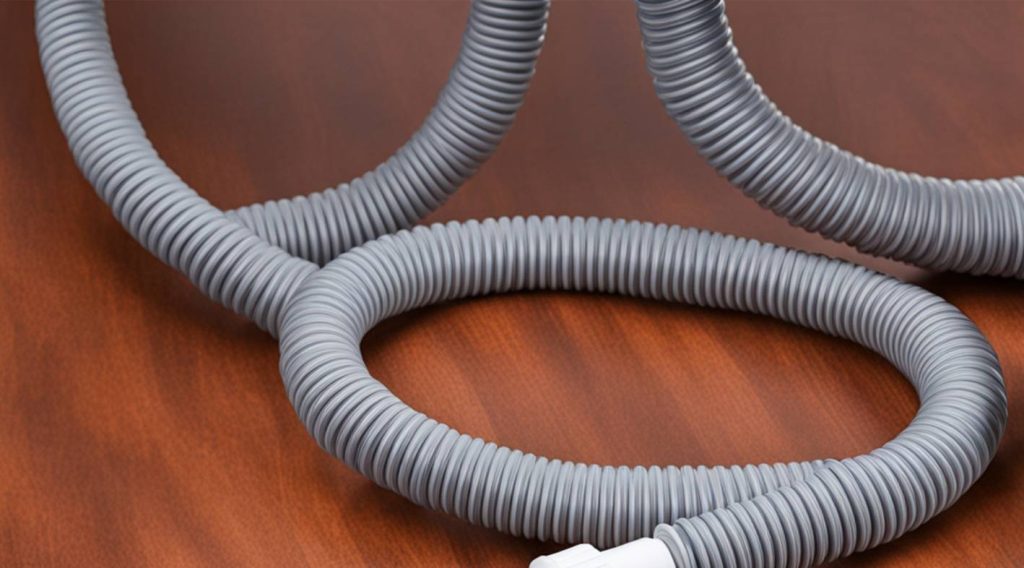
Drainage Fault
If you see one of the above codes displayed on your washer, it indicates a fault with the drainage system has been detected. The usual cause for this fault is;
- Blocked Drain Hose
- Clogged Drain Filter
- Defective Drain Pump
To solve this you will need to clean the drain filter, check the drain hose for blockages and clear any that you find and check the drain pump for any signs of damage or any obstructions. If the pump proves to be faulty it will need to be replaced.
Error code E3
Multiple Faults Possible
Error code E3 is one of those error codes that has different meanings for different brands of washing machine. It can indicate;
- Drainage Issues
- Too Much Water
- Unbalanced Load
- Motor Fault
As you can see there are faults here from all different areas of the washer. Which is why it’s important to check your handbook for more information specific to your appliance.
However, you will need to check the drain filter, drain hose and drain pump. As well as reducing the amount of detergent you use as this could be the cause. Check that the load in the drum is balanced and not all over one side of the drum.
If you’ve done all of the above and you’re left with the possibility of a defective motor, it’s time to contact a technician.
Error code E4 or E06
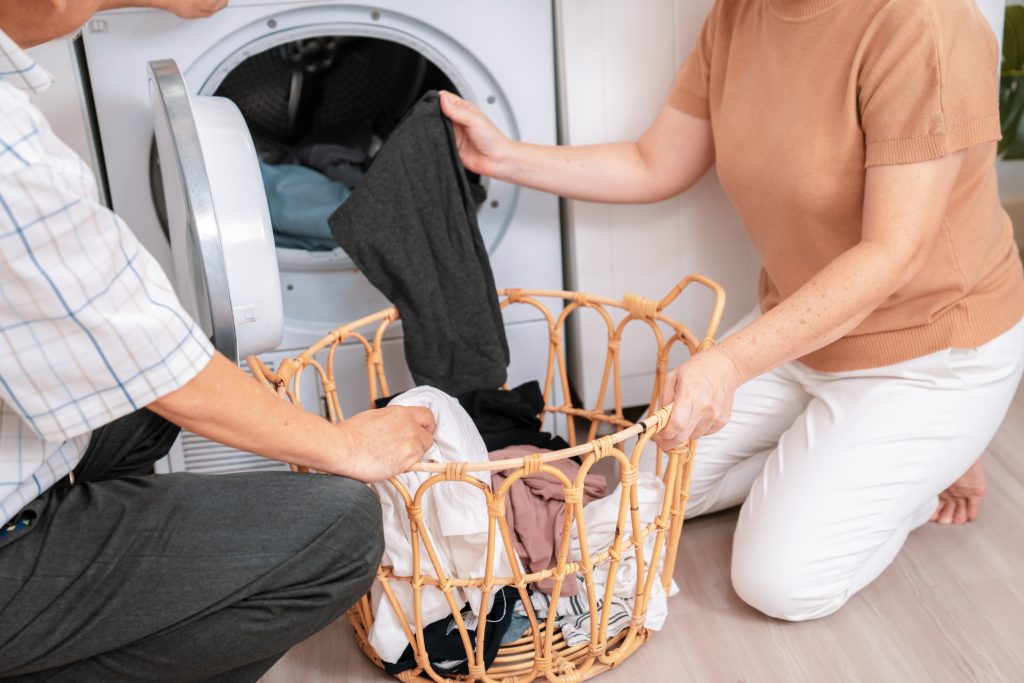
Unbalanced Load
If you see this error code, your washer has probably shut down. This is because it has detected an unbalanced load which could potentially damage your appliance if not addressed. Your washer could suffer from the effects of excessive vibrations and parts banging together,
To solve this all you usually need to do is adjust the position of the laundry in the drum and restart the machine. If this doesn’t work, try adding a towel or something else heavy.
You might also need to check the suspension system in your washer as the shock absorbers could be worn or damaged.
Error code E01 or F06
Door Lock Fault
These error codes typically indicate a fault in the door lock mechanism. You will also usually find that the washer will not start because the door won’t close securely.
To solve this, you should check for anything blocking the door and then try to shut it again. If this fails to fix the issue, you might need to replace the door latch or door sensor.
Error code E04 or E7
Water level issues
If you see either of these error codes on your LED display screen, it indicates that the water level sensor is defective. This could mean that the washer is overfilling with water or it’s nor draining correctly.
Sometimes all that’s needed to solve this is to do a reset on the machine. This involves removing the power supply from the washer by unplugging it or turning the circuit breaker to the off position for 10 to 15 minutes.
If you’re still experiencing problems after resetting your washer you will need to get the water level sensor and its connections checked and replaced if necessary.
Error code F02, EA/B or E07
Defective Motor
If you see any of the above error codes on your washer it indicates that there is a problem with the motor or one of its component parts. This could be a mechanical or electrical fault and is usually only problematic every now and then.
Try resetting the appliance by removing the plug from the socket or flipping the circuit breaker to the off position for 10 to 15 minutes. If this doesn’t solve the problem, you’ll need to contact a technician.
Error code EC, F03 or E05
Faulty Temperature Sensor
The temperature sensor monitors the water temperature on your washer when washing your laundry. If it develops a fault, it will either prevent the water from heating up or fail to cut the heating element out and overheat.
You can try resetting the appliance by disconnecting it from the power supply for 10 to 15 minutes and then trying it again. If the problem persists, you’ll need to get a technician to check and probably replace the temperature sensor.
Troubleshooting Tips For All Washing Machines
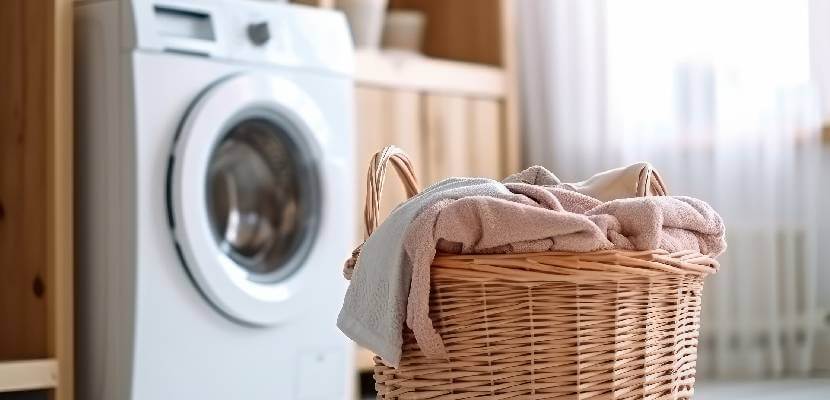
Above we have listed specific error codes for many washing machines. However, if you’re still not sure about what’s wrong with your washer you can try the following;
Hard Reset
In many cases resetting the appliance can be enough to free it of any error codes. To perform a hard reset all you need to do is;
- Disconnect The Power Supply
Remove the plug from the wall socket or flip the circuit breaker to the off position. - Wait 10-15 Minutes
Leave the washing machine disconnected from the power supply for around 10 to 15 minutes. - Restore The Power
Plug the appliance back in and flip the circuit breaker back to the on position. Then start the washing machine up again.
This should have cleared any glitch and removed the associated error code.
Ensure The Wash Load Is Balanced
For your washer to work correctly the wash load needs to be balanced. This means not overloading or underloading the drum. Experts agree that washing machine drums should be loaded to anywhere between ½ to ¾ capacity.
You can check this using a scale or by not filling the machine to more than ¾ the height of the drum. This will help prevent any error codes associated with unbalanced loads.
Run Regular Service Washes
You should run a hot (90°C) service wash at least once a month to keep your washing machine clean and running properly. Try adding 1 cup of white vinegar to the drum when running an empty hot service wash.
This will help remove any detergent/fabric softener residue as well as limescale deposits or mould and mildew growth. Complete the service wash by washing the detergent dispenser drawer, door seals and filters.
Check For Blockages
You should also check the hoses, filters, drain hose and pipe work for any clogs or twists and clear them. This will help the machine to function properly.
Always Follow Instructions In The Handbook
Consult your washing machine’s handbook and follow any instructions for use and maintenance. Never exceed the weight limit or the recommended detergent/fabric softener amount.
These instructions are designed to keep your washer working at its best.
Should You Ask For Professional Help?
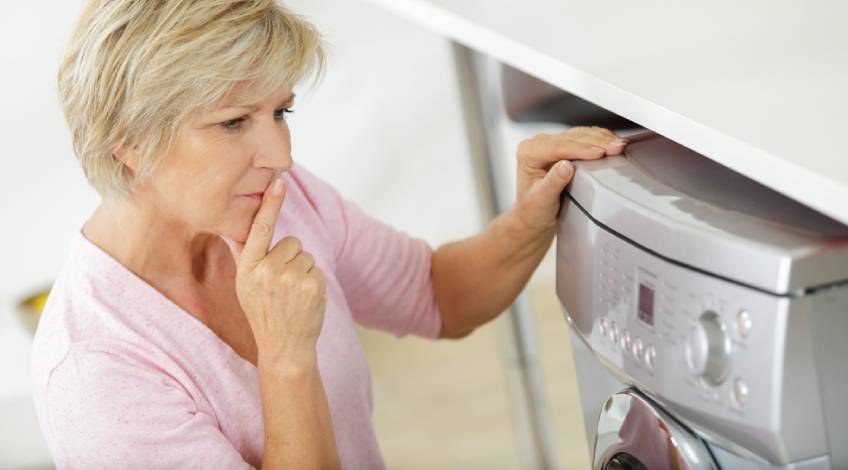
Many of the error or fault codes found on modern washing machines require only simple tasks to remedy. This means it’s often possible for you to solve these issues yourself.
However, there are certain faults that could invalidate your warranty if you attempted to fix them yourself. Even if your washing machine is out of warranty, there are certain faults that could prove to be dangerous if you don’t fix them correctly.
These include electrical faults and mechanical faults especially with the motor. In these cases, we recommend contacting a professional technician to investigate and repair your washing machine. If you’re unsure whether you need professional help or not, then you probably are in need of it.
Contact Details For Many Well Known Washing Machine Manufacturers
Below you will find the details for many of the well known washing machine manufacturers in the UK. If you have a problem with their appliance or an error code that you don’t recognise, try contacting the manufacturer directly by using the following links.
Even if your appliance is no longer covered by a manufacturer’s warranty, you should be able to find all of the relevant information on the company’s website.
SEE ALSO: LG Washing Machine Troubleshooting
Frequently Asked Questions
The most common fault found on a washing machine is the machine not draining.
The best way to tell what’s wrong with your washing machine is to check the LED display screen for an error or fault code. These codes will indicate the area where the fault is located and will help you to diagnose and repair the problem.
If your washing machine is displaying an error code, it indicates that there’s a possible fault within the machine. The error code should point you in the general direction of where the fault lies.
Depending on the seriousness of the fault, it is sometimes possible to reset the washing machine by disconnecting it from the power supply for 10 to 15 minutes. Once the appliance is reconnected to the power supply, the error code should be clear. If not, you will need to contact a technician to diagnose and repair your washer.
The average lifespan of a washing machine is anywhere between 10 to 13 years.
Also, follow us on Pinterest ...


